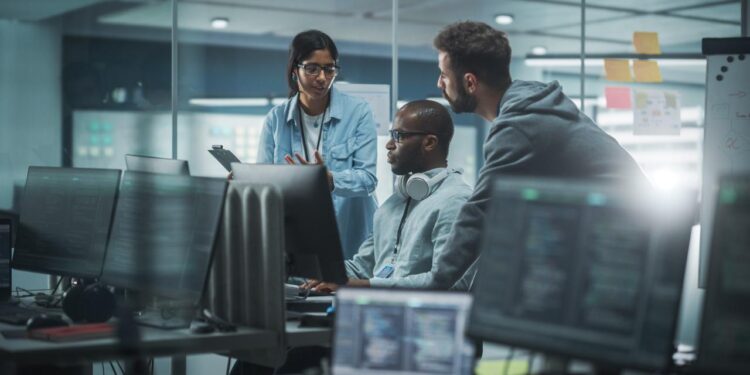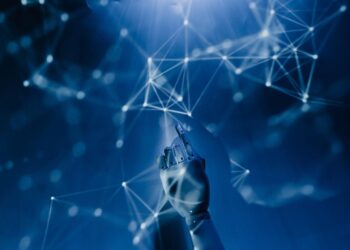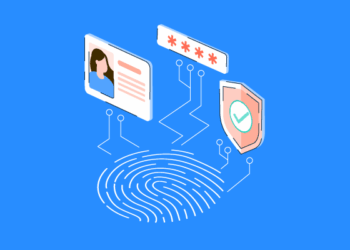In the 21st century, the lines between a company’s physical and digital assets have become irrevocably blurred. A business’s intellectual property, its customer data, and its very operational DNA now reside in a vast and complex network of cloud servers, remote devices, and interconnected systems. In this new era, cybersecurity is no longer a technical issue handled by a small IT department; it is a core business risk, a board-level imperative, and a fundamental pillar of modern enterprise. The static, perimeter-based security model of the past is no longer a viable defense against a threat landscape that is constantly evolving, highly sophisticated, and powered by the same advanced technologies that drive our modern economy.
This isn’t about simply building a stronger firewall. It is a profound revolution in strategy, technology, and philosophy. It’s an era where artificial intelligence fights against artificial intelligence, where trust is an earned privilege, and where a company’s security is measured not by its ability to prevent an attack, but by its ability to withstand and recover from one. This comprehensive guide is a deep dive into the most critical enterprise cybersecurity trends of today, exploring the core pillars that define next-gen security, the groundbreaking technologies that are making it possible, and the critical challenges that leaders must navigate to build a more resilient and secure digital future.
The New Digital Battlefield
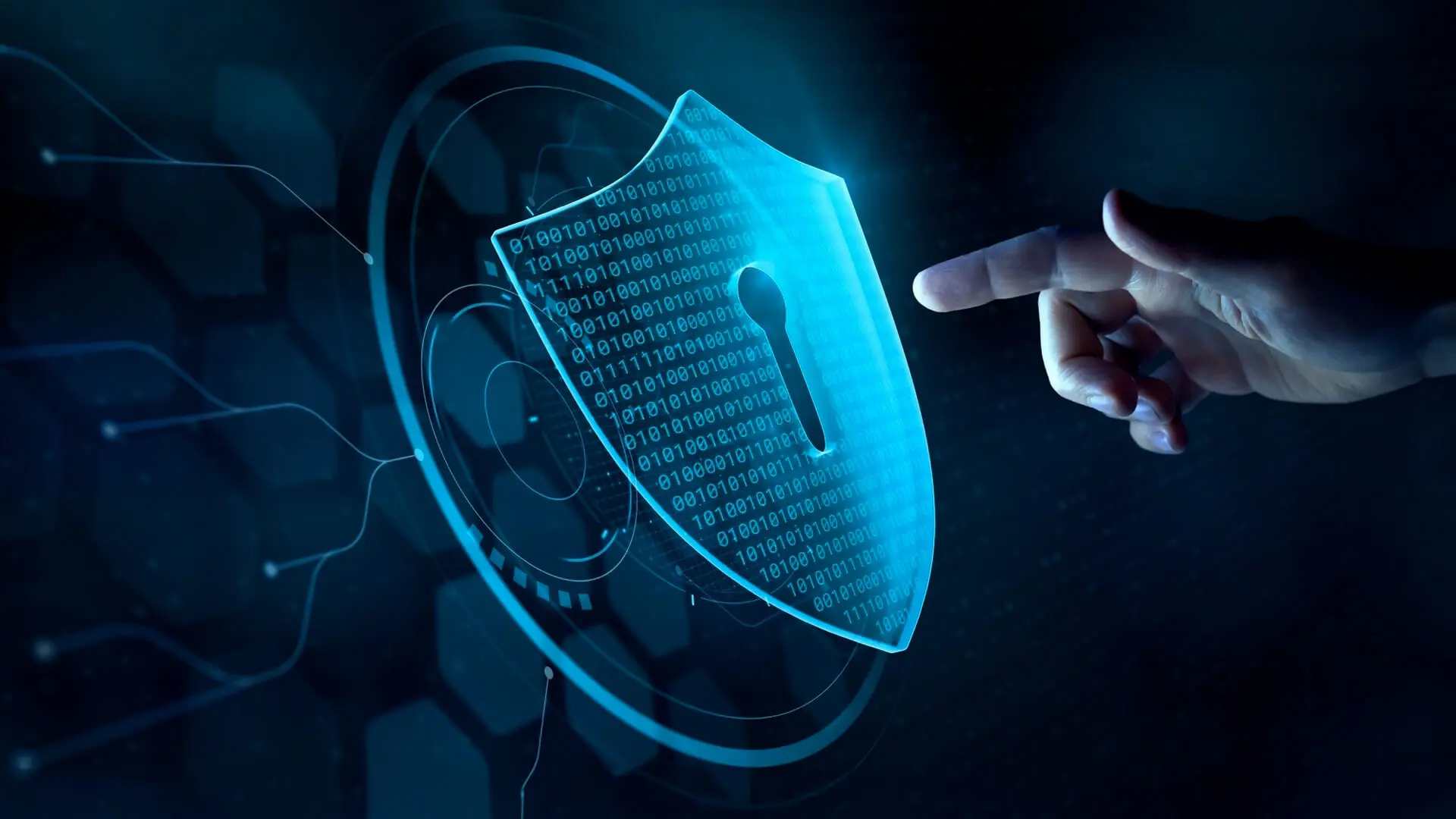
To understand the future of cybersecurity, we must first appreciate the nature of the new threats we face. The traditional, centralized security model is failing because the world it was designed to protect has fundamentally changed.
- The Shift to Cloud and Remote Work: The mass migration to the cloud and the widespread adoption of remote work have shattered the traditional network perimeter. A company’s data and its workforce are now decentralized, existing outside of a physical office and a centralized network. This has created a new, more expansive, and more complex attack surface that requires a new kind of security model.
- The Rise of Sophisticated AI-Powered Attacks: The same artificial intelligence that is driving our modern economy is also being used by our adversaries. AI-powered malware can now adapt and evolve on its own, a new generation of phishing attacks can be hyper-personalized, and automated hacking tools can relentlessly probe a network for a vulnerability. The war for cybersecurity is now a war between two opposing AI forces.
- The Fragile Supply Chain: In a world of interconnected systems, a company’s security is only as strong as its weakest link. A modern enterprise relies on a vast and complex network of third-party vendors, suppliers, and partners. A vulnerability in one of these links can create a ripple effect that can bring down a company’s entire network. The need for a robust supply chain security strategy is no longer a choice; it’s an urgent necessity.
The Four Pillars of Next-Gen Enterprise Security
The pioneers of this security revolution are guided by a new set of core principles that place a holistic, data-driven, and proactive approach at the heart of every design decision.
A. The Zero Trust Imperative: Trust Nothing, Verify Everything
The old security model was a “castle and moat” model, where a company’s network was protected by a strong perimeter, and anyone who was inside was trusted. The new model is a zero trust architecture.
- Trust Is an Earned Privilege: In a zero trust model, no person, device, or network is trusted by default. Every single access request, from a person who is inside the network to a person who is outside, is verified and authenticated.
- The Principle of Least Privilege: A zero trust model is built on the principle of least privilege access, where a user is only given the minimum level of access they need to perform their job. This dramatically reduces a hacker’s ability to move laterally across a network and to access a company’s most sensitive data.
B. AI and Automation: From Human to Machine
The sheer volume of data and the speed of a modern cyberattack have made it impossible for a human to manage a company’s security on their own. The new model is a partnership between human and machine.
- AI-Powered Threat Detection: AI in cybersecurity is being used to analyze millions of data points in real time and to identify a threat that a human would miss. An AI can learn the normal behavior of a network and can then identify an anomaly in real time, alerting a human to a potential threat.
- Security Automation (SOAR): Security automation is the technology that can respond to a threat in seconds, without human intervention. An AI-powered security system can automatically quarantine a malicious file, block a malicious IP address, and disable a compromised user account, dramatically reducing the time it takes to respond to a threat.
C. Proactive and Predictive Defense: The End of Reactive Security
The old model of security was a reactive one, with a focus on responding to a threat after it had already taken place. The new model is a proactive and predictive one, with a focus on identifying and mitigating a threat before it can cause any damage.
- Cyber Threat Intelligence: The new model is built on a foundation of cyber threat intelligence, a process that involves collecting and analyzing a vast amount of data on a hacker’s tools, their techniques, and their targets. This intelligence allows a company to be more proactive about its security, to identify a potential threat before it can cause any damage.
- Predictive Analytics: AI-powered predictive analytics can analyze a company’s network and identify a potential vulnerability before it can be exploited by a hacker. This allows a company to be more proactive about its security, to fix a vulnerability before it can be exploited.
D. Integrated and Holistic Security: A Seamless Ecosystem
In a decentralized world, a company’s security must be a seamless and holistic one. The old model of security, with a collection of siloed, disconnected security products, is no longer a viable one. The new model is an integrated one, with a focus on a single, seamless, and centralized security ecosystem. This is a movement that believes that a company’s security is not just a collection of products but a single, interconnected system.
The Technological Toolkit for a Secure Enterprise
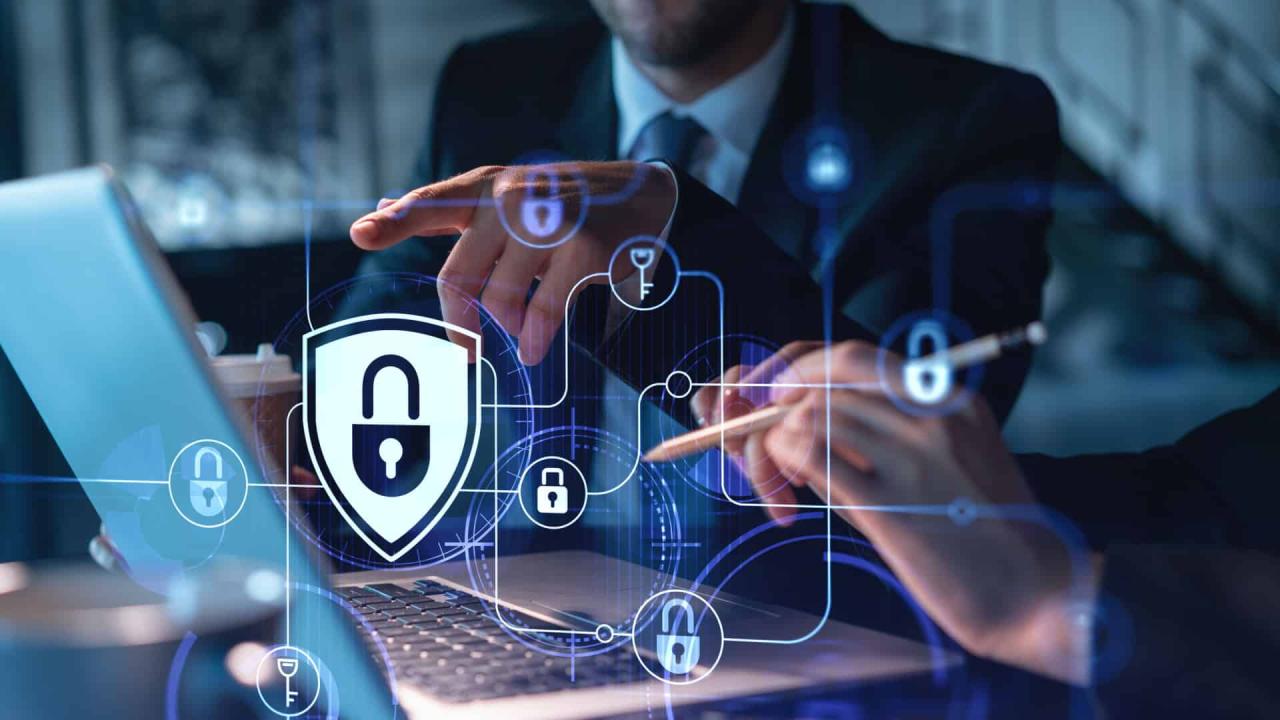
The visionary principles of next-gen security are made possible by a suite of cutting-edge tools and technologies that are fundamentally changing the way we protect our data and our network.
- Zero Trust Architecture: This is the foundation of a modern security model.
- Microsegmentation and Least Privilege Access: This is a security system that divides a company’s network into a series of small, isolated segments. This dramatically reduces a hacker’s ability to move laterally across a network and to access a company’s most sensitive data.
- Identity and Access Management (IAM): IAM is a security system that manages a user’s identity and their access to a company’s resources. It is a key component of a zero trust model, with a focus on a new level of authentication and a new level of access control.
- Cloud Security and SASE: The mass migration to the cloud has created a new set of security challenges.
- Cloud-Native Security: This is a security system that is designed to protect a company’s data in the cloud. It is a system that is built on a foundation of automation, with a focus on a new level of visibility and a new level of control.
- Secure Access Service Edge (SASE): SASE is a new security model that combines a company’s network security and its cloud security into a single, seamless, and integrated system. This is a powerful new way to protect a decentralized workforce and a company’s data in the cloud.
- AI-Powered Threat Detection and Response: This is the engine of a modern security system.
- Threat Intelligence and Behavioral Analytics: AI-powered threat intelligence can analyze a vast amount of data and identify a potential threat in real time. Behavioral analytics is a security system that can learn the normal behavior of a network and can then identify an anomaly in real time, alerting a human to a potential threat.
- Security Automation (SOAR): SOAR is a security system that can respond to a threat in seconds, without human intervention. An AI-powered security system can automatically quarantine a malicious file, block a malicious IP address, and disable a compromised user account.
- API and Supply Chain Security: The interconnected nature of our digital world has created a new set of security challenges.
- Securing the Digital Connectors: The use of APIs (Application Programming Interfaces) to connect different systems has created a new attack surface. A new generation of security tools is being created that can protect a company’s APIs from a wide range of threats.
- The Importance of a Secure Vendor Ecosystem: The security of a company’s supply chain is a reflection of its own security. A new generation of security tools is being created that can help a company to manage its third-party vendors and to ensure that its entire ecosystem is secure.
The Human Element
While technology is a powerful tool for security, the human element is still the most important one. The future of cybersecurity is not just about technology; it’s about people.
- The Role of the CISO: The CISO (Chief Information Security Officer) is no longer just a technical expert; they are a core business leader. They are responsible for a company’s security strategy, with a focus on managing risk, building a culture of security, and communicating with the board.
- The Importance of Employee Education: Employees are a company’s first line of defense. A company must be intentional about educating its employees on the risks of a cyberattack, with a focus on a new kind of security awareness training that is engaging, interactive, and effective.
- The Challenge of the Human Factor: The human factor is still the weakest link in a company’s security. A hacker can use a phishing attack or a social engineering attack to gain access to a company’s network, and a careless employee can inadvertently click on a malicious link. The challenge is to build a culture of security that is a part of a company’s DNA, a culture that is a shared responsibility of every employee.
A Look Ahead
The future of cybersecurity is a dynamic and rapidly evolving frontier. As technology advances, so too will our ability to protect our data and our network.
- Quantum Computing and Cryptography: The rise of quantum computing poses a new threat to our current encryption systems. In the future, a new generation of quantum-resistant cryptography will be needed to protect our data from a wide range of threats.
- The Rise of Cyber Resilience: The old model of security, with a focus on preventing an attack, is no longer a viable one. The new model is a focus on cyber resilience, a company’s ability to withstand and recover from an attack. This is a movement that believes that an attack is not a matter of “if,” but “when.”
- The Regulatory Landscape: The regulatory landscape of cybersecurity is a complex and rapidly evolving one. A company must be aware of the regulatory requirements of every country it operates in, with a focus on a new era of data privacy and data protection.
Conclusion
The discipline of cybersecurity is at a pivotal moment. The old models of design, based on endless growth and resource consumption, are no longer viable. The future of our built environment and our society depends on a new kind of creative thinking—one that is restorative, responsible, and regenerative. The enterprise cybersecurity trends we have explored in this guide are the blueprint for this new era. It is a powerful fusion of technology and humanity, a commitment to a new way of living that is both more efficient and more meaningful.
This guide has only begun to explore the vast and exciting possibilities. We have seen how a blend of zero trust architecture, AI in cybersecurity, and a new generation of advanced technologies is creating a new language of security. This transformation is not without its challenges; it requires a new skill set and a new way of thinking. But the opportunity is even greater. The ultimate reward for this shift in our security philosophy is not just a reduction in our carbon footprint. It is the creation of a world that is more connected, more equitable, and more in tune with the rhythms of our daily lives. It is the creation of spaces that improve our health, enrich our lives, and foster a deeper connection to our communities and our planet. The future of cybersecurity is a future that is defined by a new kind of humanity, a humanity that is both technological and profoundly human.

